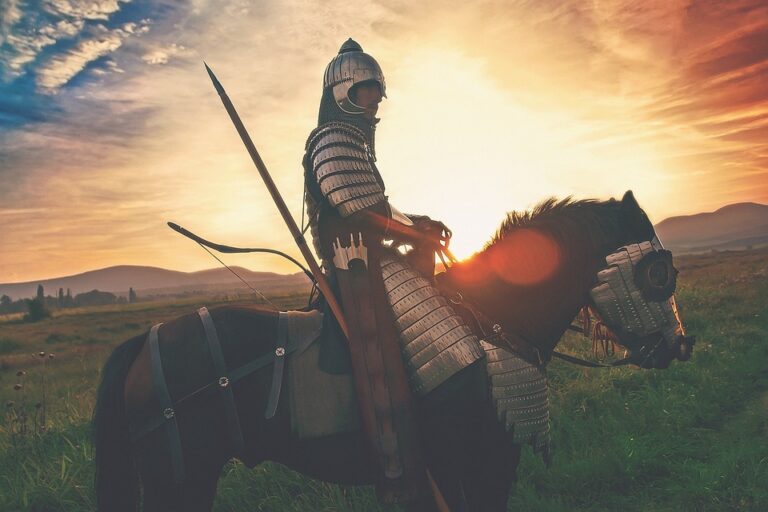The Evolution of Battle Royale: From Mods to Mainstream
Introduction
The gaming landscape has evolved drastically over the past two decades, with one of the most significant transformations occurring in the rise of the Battle Royale genre. What began as a niche mod for existing games has burgeoned into a global phenomenon, captivating millions of players around the world. This article will explore the evolution of Battle Royale, tracing its journey from humble mods to mainstream success.
The Birth of a Genre
Battle Royale’s origins can be traced back to the popular Japanese film "Battle Royale" (2000) and the modding community for games like "ARMA 2". In 2013, the mod "DayZ" set the stage for the genre’s potential, allowing players to compete for survival in a massive open world. This foundation was further solidified with the release of "H1Z1" in 2015, which truly defined the mechanics and thrilling gameplay that fans have come to love.
Key Milestones:
- 2012: The "DayZ" mod was released for "ARMA 2", becoming a cultural touchstone.
- 2015: "H1Z1" launched, officially establishing Battle Royale as a genre.
- 2017: The release of "PlayerUnknown’s Battlegrounds (PUBG)" made Battle Royale mainstream.
According to gaming statistics from Statista, as of 2021, the Battle Royale genre accounted for over 40% of player engagement in multiplayer online games, demonstrating its massive appeal.
The Rise of Popular Titles
The genre skyrocketed to fame particularly with the launch of "PUBG" in 2017, which quickly became a global sensation. PUBG combined elements of strategy, survival, and realism, attracting millions of players within months. In its first year alone, it sold over 70 million copies, reshaping the industry’s approach to multiplayer gaming.
Fortnite, released in 2017, took the world by storm with its colorful graphics, building mechanics, and free-to-play model. By 2020, Fortnite boasted over 250 million registered users, catering to a diverse demographic that transcended traditional gaming boundaries.
Notable Statistics:
- "PUBG" sold over 70 million copies in its first year.
- "Fortnite" reached 250 million registered users by 2020.
The Mechanics Behind Battle Royale Success
Key gameplay mechanics set Battle Royale apart from traditional multiplayer formats. Most notably, the last-player-standing approach fosters intense competition, often culminating in a thrilling finale. Each game presents a unique challenge due to randomized loot, varied combat strategies, and the ever-shrinking play zone, which forces engagement between players.
Mechanics Highlight:
- Survival of the Fittest: Players must scavenge for weapons and supplies while eliminating opponents.
- Dynamic Map Changes: Areas of the map are constantly changing, maintaining an unpredictable element.
- Team Play: Collaborative modes allow players to form squads, enhancing the social aspect of gaming.
An analogy can be drawn between Battle Royale games and athletic competitions, where every participant starts with equal footing, driven by both skill and chance. Just like the Olympics, players must adapt quickly to emerging conditions, outmaneuver opponents, and seize fleeting opportunities.
The Impact of Streaming and Esports
The evolution of Battle Royale has been heavily influenced by the rise of live streaming platforms like Twitch and YouTube. The competitive nature of Battle Royale games has led to the establishment of professional esports leagues, with tournaments offering millions in prize money. For instance, the 2020 Fortnite World Cup awarded a total of $30 million in prizes.
Streaming Influence:
- Twitch Integration: Players can stream their gameplay live, contributing to community engagement.
- Esports Growth: Competitive scenes have developed for games like PUBG, Fortnite, and Call of Duty: Warzone.
As Battle Royale games gain traction in the esports arena, continued investment and attention from major publishers ensure their place in the gaming industry legacy.
The Future of Battle Royale
As the genre continues to evolve, developers are integrating innovative technologies such as artificial intelligence and virtual reality, creating transformative gaming experiences. Games are also diversifying to include different settings, historical contexts, and unique mechanics, broadening their appeal.
Innovations on the Horizon:
- Cross-Platform Play: Game titles are now allowing players on different consoles to compete seamlessly.
- In-Game Events and Quests: Live events create a sense of urgency and excitement among players.
The Need for Evolution
Like any successful genre, Battle Royale must continue to innovate to retain its audience. Gamers crave new experiences, and the most successful franchises will be those that adapt and evolve with their community.
Conclusion
From its origins in modding communities to its dominance in the mainstream, the evolution of Battle Royale has not only shaped the gaming industry but also created a cultural phenomenon that unites millions of players worldwide. By incorporating fresh ideas and leveraging emerging technologies, the genre promises to remain relevant and exciting for years to come.
For more about the gaming industry’s latest trends, check out The Rise of Esports and Gamer Highlights: Streaming Success Stories. For external insights into the gaming market, visit Statista’s Gaming Stats.




